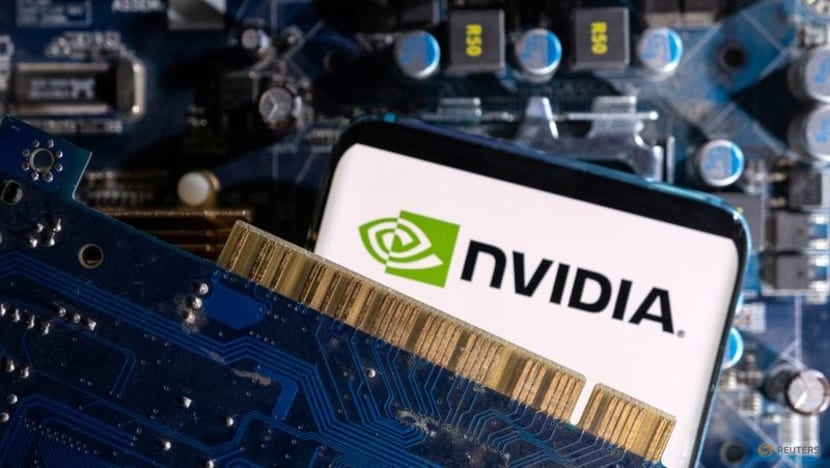Miami-based chief executive Onur Aksoy has been sentenced to over six years in prison for orchestrating a counterfeit Cisco equipment scam. Operating through 19 companies, Aksoy sold fake Cisco products valued at over $1 billion from 2013 to 2022. The scheme involved distributing counterfeit networking gear on online platforms like Amazon and eBay. The fake equipment infiltrated critical infrastructure, including sensitive US government systems used by the military, schools, and hospitals. Despite detection in 2014, Aksoy continued his fraudulent activities, sourcing supplies from Chinese vendors. The sentencing includes a $100 million restitution payment to Cisco and other victims.
Cisco’s challenges with counterfeit operations have been compounded by disruptions in its supply chain, leading to recent layoffs affecting approximately 5% of its global workforce.
The sentencing of Onur Aksoy sheds light on the pervasive issue of counterfeit products infiltrating critical infrastructure and jeopardizing national security. Aksoy’s elaborate scheme, which spanned nearly a decade, underscores the sophisticated nature of modern counterfeit operations and their potential to cause significant harm.
By distributing fake Cisco products valued at over $1 billion, Aksoy not only defrauded customers but also compromised the integrity of vital systems used by government agencies, military branches, schools, and hospitals. The infiltration of counterfeit networking gear into these sectors posed serious risks, ranging from operational disruptions to potential security breaches.
Despite being detected by US authorities and Cisco in 2014, Aksoy brazenly continued his fraudulent activities, highlighting the challenges in combating counterfeit operations effectively. His persistence underscores the lucrative nature of counterfeit trade and the lengths to which perpetrators will go to evade detection and prosecution.
The sentencing of Aksoy sends a strong message about the consequences of engaging in counterfeit activities. With restitution payments totaling $100 million and a prison term exceeding six years, Aksoy is being held accountable for the extensive damage caused by his fraudulent enterprise. This case serves as a warning to other individuals and entities involved in counterfeit operations that they will face severe legal repercussions.
Furthermore, Cisco’s experience with counterfeit operations highlights the broader challenges faced by companies in safeguarding their supply chains. Disruptions in the supply chain, whether due to counterfeit products or other factors, can have far-reaching implications for businesses, including financial losses, reputational damage, and regulatory scrutiny.
Cisco’s decision to downsize its workforce, announced earlier this year, reflects the company’s efforts to adapt to evolving market dynamics. Like many other tech companies, Cisco is navigating a rapidly changing landscape shaped by technological advancements and market shifts.
The emphasis on artificial intelligence and other emerging technologies underscores the need for companies to remain agile and innovative in order to stay competitive.
Overall, the sentencing of Onur Aksoy and the broader implications for Cisco underscore the importance of robust measures to combat counterfeit operations and safeguard critical infrastructure. This case serves as a reminder of the ongoing threat posed by counterfeit products and the importance of collaboration between law enforcement agencies, industry stakeholders, and technology companies to address this issue effectively.
As companies continue to innovate and evolve, it is essential to prioritize the integrity and security of supply chains to protect consumers, businesses, and national interests from the risks associated with counterfeit trade. Through concerted efforts and vigilance, stakeholders can work together to mitigate the impact of counterfeit operations and uphold the integrity of global commerce.


 Opinion2 years ago
Opinion2 years ago
 Fashion7 years ago
Fashion7 years ago
 Entertainment7 years ago
Entertainment7 years ago
 Entertainment7 years ago
Entertainment7 years ago
 Opinion2 years ago
Opinion2 years ago
 Business News2 years ago
Business News2 years ago
 Policy&Politics2 years ago
Policy&Politics2 years ago
 Business News2 years ago
Business News2 years ago













